Sometimes, the water in a hot tub loses its chemical balance and may get dull, cloudy, or green due to contamination.
That is when you add a shock to the hot tub water to restore clarity and safety.
The term ‘shock’ may sound electric, but it has nothing to do with electricity. Shock refers to adding higher-than-normal doses of a sanitizer to cull the contaminants quickly.
Read further to learn how to do it and what happens afterward.
How to shock your hot tub
Adding shock to a hot tub oxidizes the organic contaminants that otherwise make the hot tub water cloudy and disturb the chemical balance.
Regular use of a hot tub leads to the addition of contaminants in the form of bodily fluids (sweat, urine, skin cells, etc.), chemicals (soap, lotion, etc.), debris (leaves, insects, etc.), or microorganisms (algae, bacteria, mold).
Even if one adds a sanitizer(chlorine/bromine) regularly, an occasional shock is necessary to keep the sanitizer working and the hot tub clean. These are the significant reasons to shock your hot tub:
-
Remove organic contaminants and break down waste
-
Kill bacteria and prevent the growth of algae
-
Remove chloramines and bromamines from the water
- Activate the sanitizer and restore proper sanitizer strength.
There are two types of shocks to choose from - chlorine-based and non-chlorine-based shocks.
If you use chlorine as a sanitizer or have a high bather load, chlorine shock is the way to go. If you use bromine as a sanitizer, add a non-chlorine shock because it activates free bromine.
Follow this simple step-by-step process to shock your hot tub:
-
Put on safety gear and handle all chemicals with care. Use safety gloves, goggles, and long sleeves to avoid contact with your skin.
-
Uncover your hot tub and remove extra accessories and people (if any). Skim to remove any larger contaminants that may have made it into the tub.
-
Test the hot tub water to measure the pH. Adjust it to the optimal levels (between 7.2 and 7.6) using the right hot tub chemical. Do not start unless the pH is balanced.
-
Turn off the jets, but keep the pump running to distribute the shock evenly.
-
Choose between liquid shock and powder shock.
-
Measure the shock needed for your hot tub based on its volume and current water chemistry. You can find this info on the packaging label of the shock, or you can use a pool shock calculator.
- Add the shock to your hot tub from an arm’s distance from water.
-
Leave the hot tub uncovered for 20 minutes for the shock to dissipate. Cover it again once the shock has dissipated.
- Retest the free chlorine/bromine before entering the water and ensure they have returned to normal.
The process of testing water is critical and takes some time. You can use our Sutro Pool Monitor to test the water 3x/day and receive adjustment recommendations on our mobile app.
Important Tip: It’s better to shock your hot tub at dusk or night to maximize the strength of the shock. Keep your pump running for a few hours after adding the shock to make sure it gets circulated properly.

What happens when you shock your hot tub?
Shock in your hot tub does two things - it acts as an oxidizer for organic contaminants and it restores the sanitizer levels so they can clean the water effectively.
The job of a sanitizer (chlorine or bromine) is to remove organic contaminants and react with microorganisms (bacteria, algae, etc.) to kill them.
This chemical reaction results in the creation of waste products called chloramines and bromamines and these are essentially free chlorine and bromine ions combined with the contaminants.
A shock is essentially a sanitizer used in high concentrations and is effective when the levels of chloramines and bromamines shoot through the roof. In other terms - it is added when too little effective sanitizer (free chlorine or bromine ions) is left in the water.
A shock breaks and frees up the chlorine and bromine ions from chloramines and bromamines. Plus, it adds some extra sanitizer to the water lost to sunlight and other factors.
Sometimes the water becomes too contaminated, and adding the shock is not sufficient. That is when you need to change your hot tub water.
Fun Fact: That overpowering smell of chlorine from pool/hot tub water comes from chloramines and not free chlorine.

